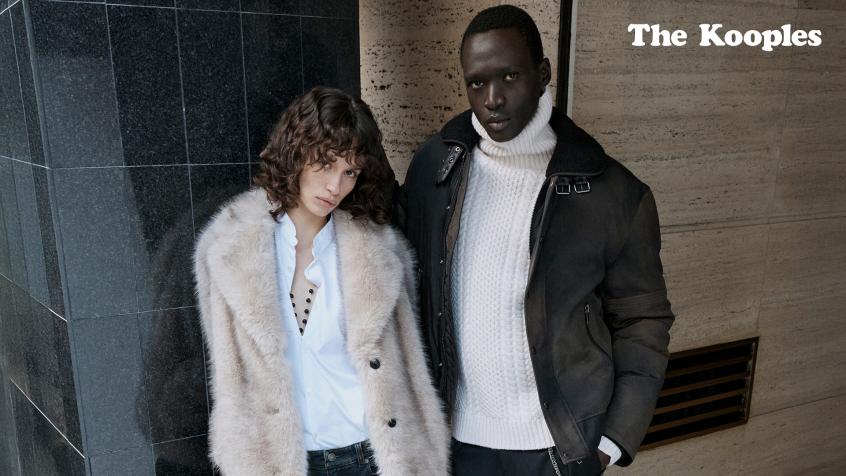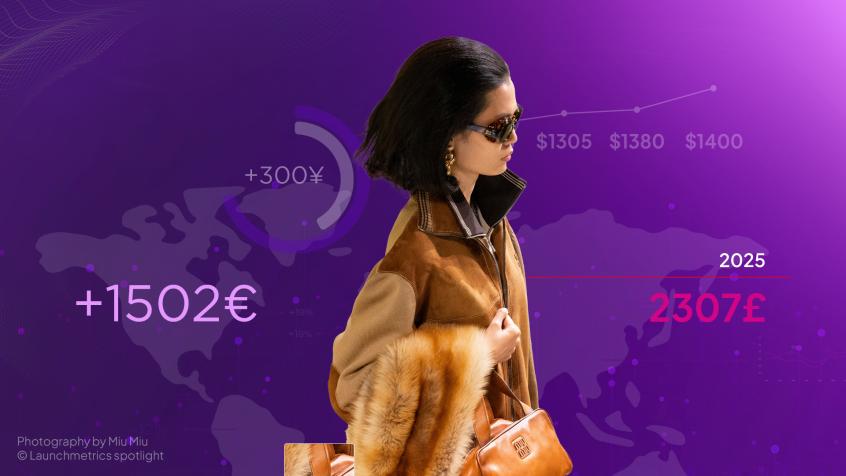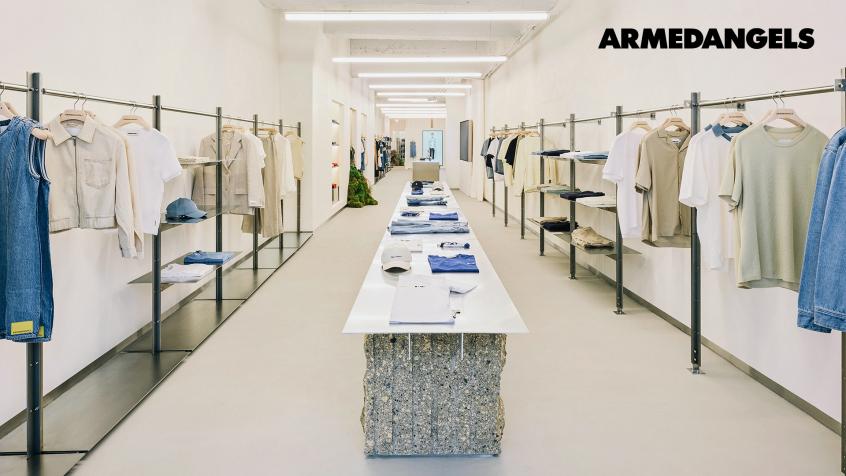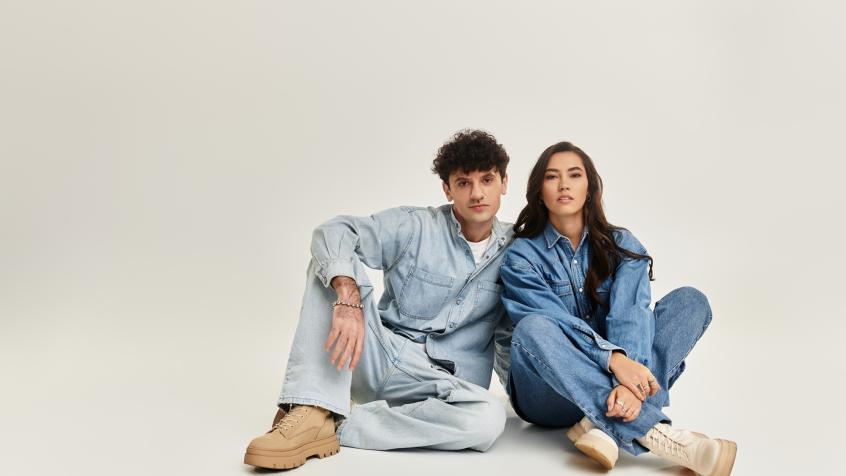Connected clothes, a small but fast-growing market
Smart clothing is a segment of the wearables market that also includes smart watches and glasses, fitness trackers, body sensors, and wearable cameras. Smart clothing is a segment of the wearables market that also includes smart watches and glasses, fitness trackers, body sensors, and wearable cameras. With wearables, data capture and communication moves from the smartphone to the body to provide consumers with more information about their bodies and lives than ever before. After a slow start, fashion brands are beginning to embrace this emerging field of products.

The fashion industry is switching on
Some 10 billion products in the apparel, accessories and footwear market are connected individually. This is due to a large extent to a partnership between Avery Dennison, a global leader in labeling, packaging and near-field communications (NFC) solutions, and the Internet of Things platform EVRYTHNG.
The integration of a SaaS platform into interactive packaging solutions helps brands issue products from their factories with unique digital identities and data profiles in the cloud. Hugo Boss, Nike and Marks & Spencer are some of their customers.
What is smart clothing used for?
Wearables serve a wide range of purposes. The sky is the limit: what is possible lies entirely in the hands of the brands. For consumers, the benefits of such interactive and personalized clothing range from healthcare to ‘life-logging’, from location to safety notifications.
These personal devices worn or attached to the body come with digital applications to help people find lost shoes, figure out how to wash clothes properly, or buy a new version of the same article of clothing. As for businesses, real-time data analytics and product authentication help companies to better protect their brands and increase supply-chain efficiency.
A smart clothing ecosystem based on partnerships
The smart clothing ecosystem belongs to much larger ecosystems, and key partnerships will be essential for success. Partners could include brands and clothing manufacturers (such as Nike and Athos), insurance providers (for example, Medicaid and Kaiser), unions (such as National Nurses United) as well as big data storage providers (such as Amazon Web Services, Apple, and Oracle).
Several challenges slow down adoption
Smart clothing represents less than 1% of the global wearables market. What are the barriers to broader adoption?
- First, technical issues with device power as well as sensor size and accuracy.
- Secondly, cultural barriers such as data privacy, device cost, and style.
- Thirdly, the economic model requires the need to pin down compelling uses for consumers and business cases or market value for developers and retailers.
To realize the potential of smart clothing and stay ahead of the competition in the fashion industry, companies will have to come up with products and services that provide both personal data insights to end users and big data analytics with commercial value to businesses.
Related content









